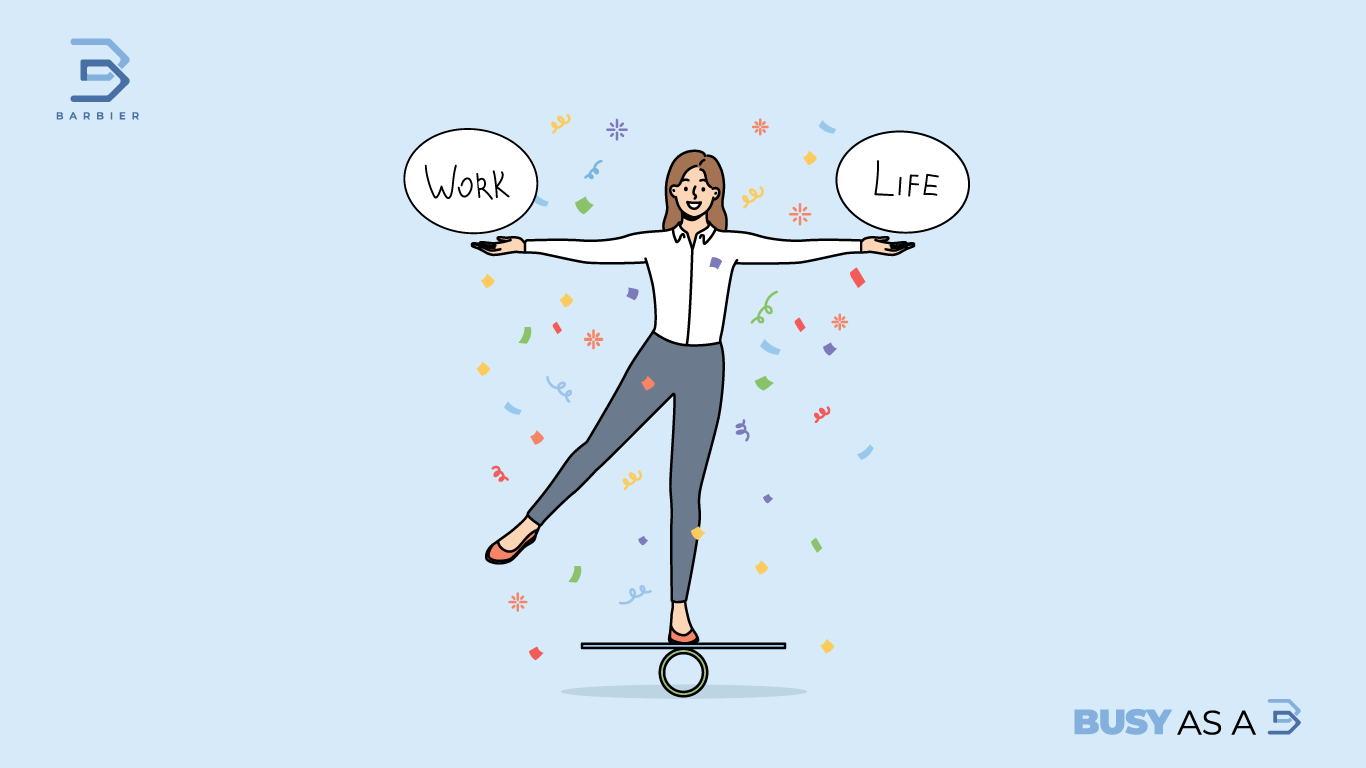In today’s interconnected world, where businesses span the globe and communication knows no borders, the role of a Translation Project Manager (TPM) has emerged as a vital link in ensuring seamless multilingual communication. However, with great responsibility comes the challenge of maintaining a healthy work-life balance. In this blog entry, we delve into the world of a TPM, exploring the highs and lows of the job and uncovering strategies to strike a harmonious equilibrium between professional commitments and personal well-being.
As a Translation Project Manager at Barbier International I have experienced this role as a multifaceted one, since a TPM serves as both a conductor and a coordinator. We orchestrate the symphony of linguistic talents to deliver a harmonious translation of ideas while simultaneously juggling the intricacies of project management. From selecting the right translators and maintaining deadlines to ensuring accuracy and cultural sensitivity, the role is demanding but undeniably rewarding.
Given the fast pace of the translation industry, TPMs often find themselves on the tightrope between multiple projects. The pressure to deliver flawless translations on time can lead to extended working hours and stress. This makes maintaining a healthy work-life balance a constant challenge.
From my own limited but very enriching experience, I have made a summary of small but very effective strategies that can help us not only to better coordinate projects, but also to take care of our natural needs for rest and balance.
Strategies for achieving balance at work:
Prioritize and delegate: Learning to prioritize tasks based on urgency and importance is crucial. Delegate responsibilities when feasible, empowering your team while freeing up your own time.
Set realistic expectations: Communicate clear expectations with clients and team members regarding project timelines. Setting realistic deadlines reduces stress and the need for last-minute rushes.
Effective communication: Establish an open line of communication with your team. Regular check-ins can help identify and address potential roadblocks early on, minimizing last-minute panics.
Time blocking: Dedicate specific time blocks for different tasks. This prevents tasks from intruding on personal time and ensures focused attention on every aspect of your role. This also requires not only physical and palpable help, such as using a stopwatch or simply looking at the clock to know how much time you have invested in something, but it also requires mental ability to not find yourself thinking about some loose end of a project before going to sleep (I have been there and believe me I do not recommend it).
Learn to say no: Although the desire to take on projects and help where you can is strong, it is essential to recognize when taking on additional work will compromise your well-being. This can also serve to balance the workload among all team members and knowing that you are not alone, negotiating deadlines or ways of working can improve the quality of work and reduce burnout. Sometimes we manage to do all of the above strategies, but for some reason our head is still stuck in our desk or some ongoing project, so here are some other strategies related to personal choices you can make that will help you get your head where it needs to be. Nurturing personal well-being:
Unplug: Take breaks! Designate periods of the day to disconnect from work-related emails and notifications. This helps recharge your mental batteries. Also keep in mind that anything that couldn’t be resolved during business hours can wait until the next business hours. Thinking about it while you’re off work won’t solve anything.
Pursue hobbies: Engage in activities that bring you joy outside of work. Whether it’s a sport, art or music, hobbies act as a stress reliever. Commit yourself to these activities as you will commit with any work-related activities.
Exercise and healthy eating: Regular physical activity and a balanced diet contribute to improved energy levels and mental clarity. It will also help your body not to suffer physically during the long periods of time spent sitting and concentrating.
Family and social time: Dedicate quality time to your loved ones. Social interactions provide emotional support and perspective. This strategy can open your eyes to see that behind the great work you do every day, there is also a support network waiting to spend time with you, talking about common issues that don’t necessarily involve work.
Restful sleep: Prioritize sleep for optimal cognitive function and emotional well-being. One technique that can help you have a better rest is to meditate before going to sleep and try to empty your mind of any thoughts that have nothing to do with the moment you are in.
The role of a Translation Project Manager is undeniably demanding, but it’s also a gateway to global communication and cultural exchange. Balancing the demands of this role with personal well-being requires conscious effort, effective strategies and a commitment to self-care. By prioritizing tasks, setting boundaries and nurturing personal interests, TPMs can find the equilibrium that allows them to excel both professionally and personally in the dynamic world of multilingual communication.
Reference Massardo, I.(2023) Querying TPM – 5 Questions for a Translation Project Management Expert https://massardo.com/blog/querying-tpm-5-questions-for-a-translation-project-management-expert/


Leave a Reply